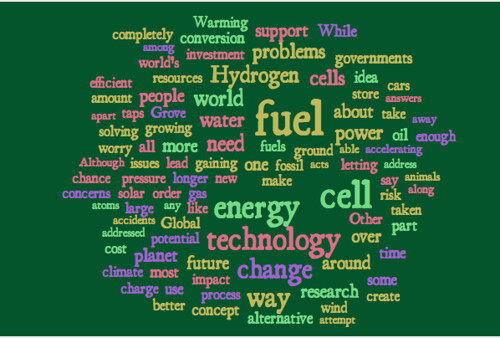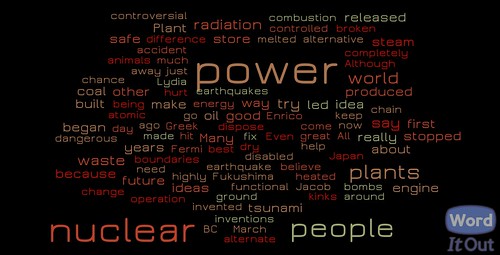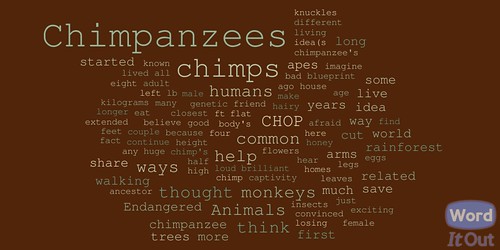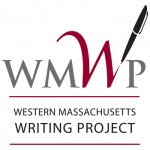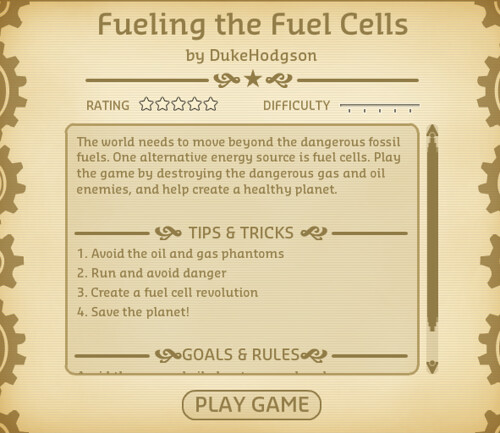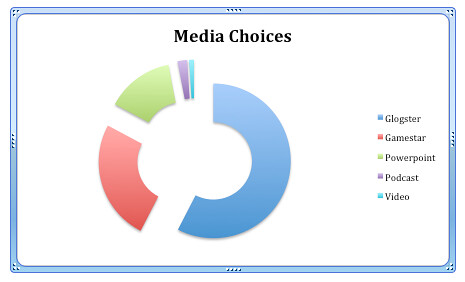
I’ve written my fair share lately about Suzanne Collins’ The Hunger Games trilogy but I guess I am not done yet. As part of one of our Scholastic Book orders, I saw this collection of “completely unauthorized” essays about The Hunger Games called The Girl Who Was On Fire (edited by Leah Wilson). I know this is just a book marketing gimmick to sell more books, but I have been very curious about all the ancillary books that my students are reading about the book and the movie.
The first few essays didn’t interest me much, as they covered the love triangle (Katniss, Peeta, Gale) and how love becomes an enduring theme in the series. I love love, but I wasn’t all that interested in the analysis of it in the book. (Is that a guy reaction? Maybe. Most of the writers here are female, by the way. And my most avid readers of the series are girls. Why is that?)
But the next few sections centered on the parallels to modern reality television and the games (as well as connections to classic literature that Collins references in the books), and the use of rhetoric and “smoke and mirrors” in the politics of Panem, and how Katniss navigates those ideas to her own advantage. There’s also an intriguing essay about the science of The Hunger Games, and how maybe some of the strange things in the books (such as the genetic mutant Mutts) are not that far-fetched after all, if you consider the scope of modern science. There’s even a piece about the impact of Post-Traumatic Stress on the characters (particularly Peeta) and how those events shape a life.
Overall, it was interesting to read The Girl Who Was On Fire collection after just finishing the series, even if the book is part of a marketing campaign by Scholastic. Now, where is that copy of the parody of the books called The Hunger Pains (by National Lampoon, of all things)? That’s what I need now to lighten up the mood a bit.
Peace (in the book),
Kevin
